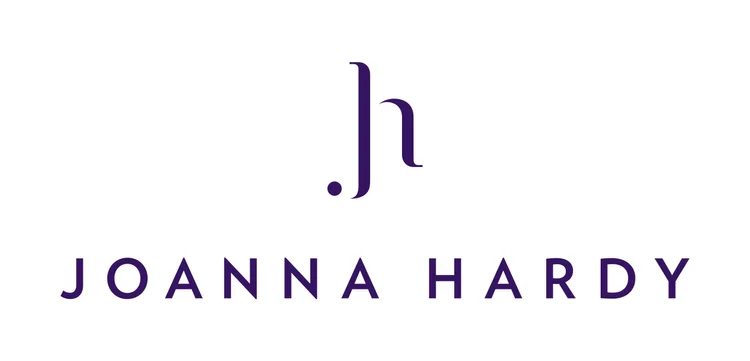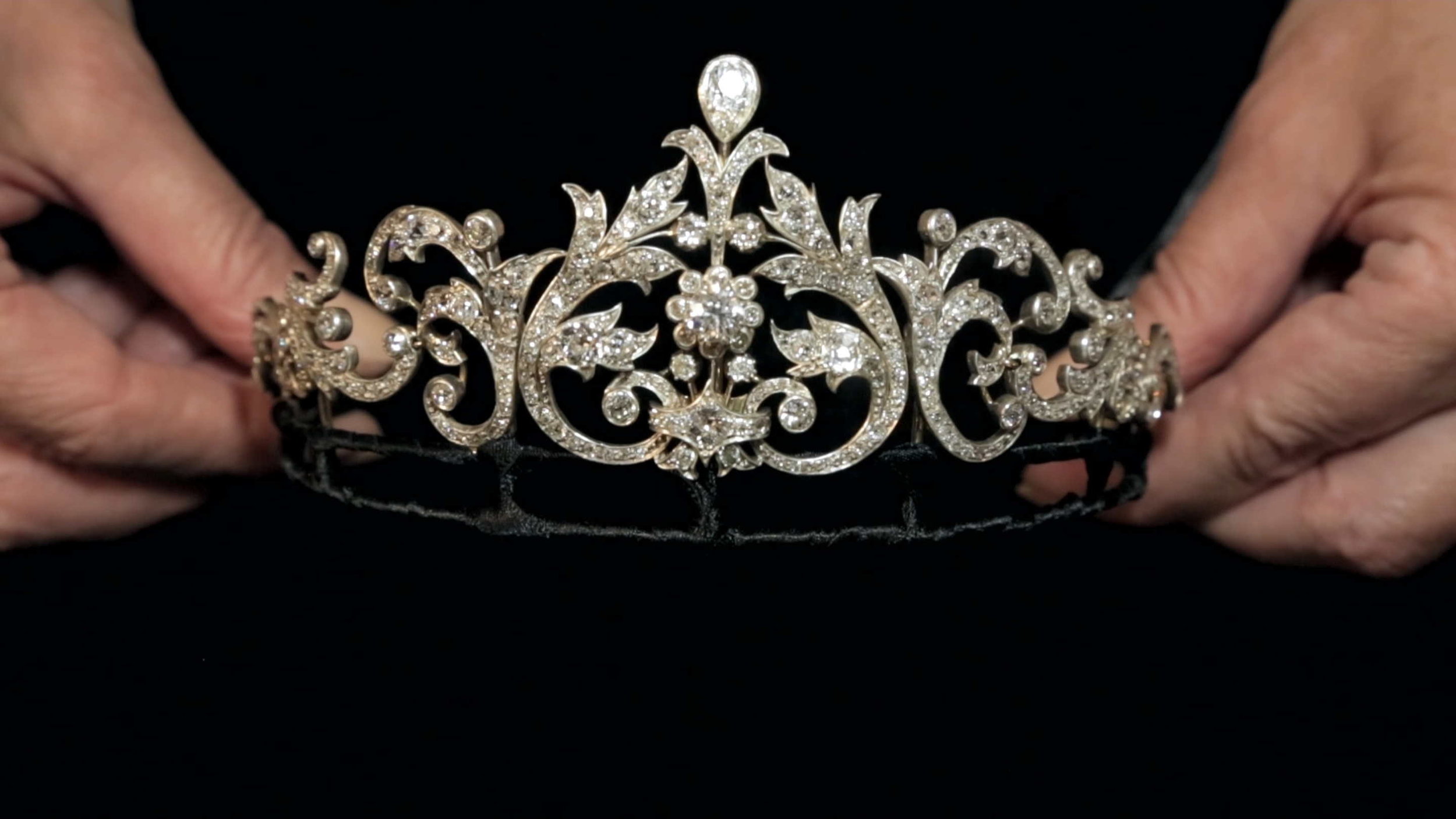Princess Eugenie's Lustrous Emerald Tiara
On a blustery October morning, Princess Eugenie lit up Windsor with a beautiful emerald and diamond tiara for her wedding to Mr. Jack Brooksbank.
The tiara features at its centre a 93.70-carat cabochon emerald, with six additional emeralds set to either side, their bright green colours complementing the couple’s autumnal colour scheme for the chapel flowers and page boys’ and bridesmaids’ outfits. Brilliant- and rose-cut diamonds set in platinum form the gentle curved line of this ‘kokoshnik’-style tiara. The Royal Family attribute the tiara to the fine Parisian jewellery house of Boucheron in 1919, though jewellery specialist Vincent Meylan, in his book on Boucheron’s archives, attributes this tiara to 1921. The clean lines of this tiara reflect the bold design aesthetics seen in much other jewellery and fashion from the period.
The kokoshnik style derives from the Russian headdress of the same name. Though the term is used to describe many different design styles, it generally refers to a tall crest-shaped band that wraps around the head. Often made of stiff fabric, the kokoshnik easily lends itself to being made of precious metals and adorned with gemstones. The kokoshnik-style tiaras became popular in the Russian Imperial Court and spread across Europe. The clean lines of the design were adopted and accentuated by master jewellers working in the early twentieth century, when the bold aesthetic and bandeau headbands of the burgeoning Art Deco movement were beginning to take hold.
Lent to the Princess by her grandmother, Queen Elizabeth II, the bandeau-style tiara is part of the Queen’s personal jewellery collection, having been bequeathed to her mother in 1942. It is known as the Greville Emerald Kokoshnik Tiara after the woman who commissioned it: Margaret Greville, the Honourable Mrs. Ronald Greville.
Margaret was a prominent society member and lavishly entertained her guests, who included much European royalty. It is said that her shrewd comments and wit made her a great friend of Queen Mary and she is believed to have encouraged the engagement of Elizabeth Bowes-Lyon and Mary’s son, Prince Albert, later becoming parents to Queen Elizabeth II and Princess Margaret.
Having no children, Margaret Greville bequeathed her house to the National Trust and her jewellery to her friend Queen Elizabeth, later the Queen Mother. On the Queen Mother’s passing in 2002, the Queen inherited the Greville collection of jewels into her personal collection. All of these jewels are examples of fine craftsmanship and are set with high quality gemstones – Margaret Greville had an eye for jewellery!
For a jewel that is not rarely seen in public, it was a treat to see the Greville Emerald Kokoshnik Tiara worn at such an important and beautiful event. Together, the Queen and Princess Eugenie made a very good choice!
HRH Princess Eugenie of York wearing the Greville Emerald Kokoshnik Tiara with her new husband, Mr. Jack Brooksbank. Photo: REUTERS






